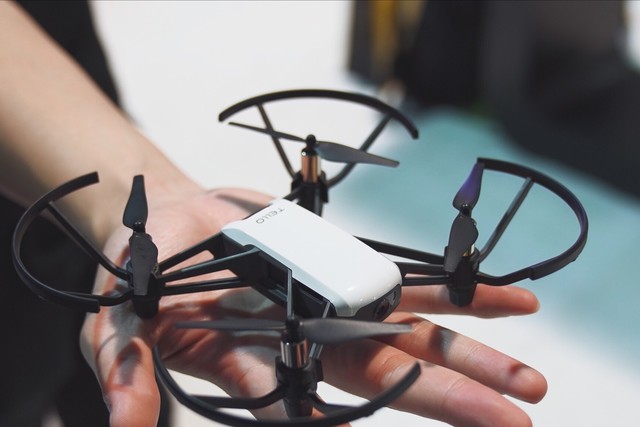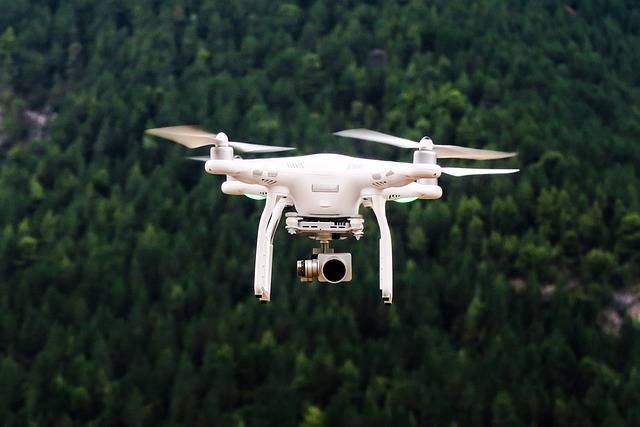The concept of drone aircraft heralds a fascinating journey through technological innovation, springing from collective genius rather than the mind of a single individual. It’s intriguing to explore how these unmanned aerial vehicles (UAVs) evolved over time, driven by pivotal contributions from various pioneers in aeronautics history. One notable figure in this evolution is Reginald Denny, an individual whose passion for model airplanes transcendently impacted military aviation. Denny, once recognized as an actor, applied his fervor for model planes to create the Radioplane OQ-2, the very first mass-produced UAV. This invention significantly shaped World War II strategies, transforming reconnaissance and target practice methodologies within the U.S. military.
The Radioplane and Its Impact
The Radioplane OQ-2 epitomized a turning point in aerial capabilities during wartime operations. Reginald Denny’s ambitious pursuit led to this innovation, which paved the way for more sophisticated UAV designs in later years. It demonstrated how practical experience and enthusiasm can converge to produce remarkable advancements. Although drones today have evolved far beyond the Radioplane, integrating cutting-edge technologies like AI and GPS for enhanced precision and functionality, the legacy of these early drone aircraft continues to inspire modern innovation.
Advancements in Drone Technology
The progression from the Radioplane to today’s modern drones has been marked by a tapestry of technological advancements, adapting decade after decade. In the 1980s, drones began incorporating veritable enhancements in design, functionality, and application. Engineers focused on increasing autonomy, durability, and advanced sensor systems. As a result, drones facilitated better data collection and were utilized across various domains — from agriculture to cinematography.
The military’s role in drone evolution has been substantial, investing in technological breakthroughs that have transitioned military drones from reconnaissance to offensive combat UAVs. It is fascinating to note the contributions of defense contractors and specialized engineers who honed these technologies further. Their work shifted drones from simplistic devices to complex aircrafts capable of undertaking stealth operations, intelligence gathering, surveillance, and tactically precise strikes.
The Modern UAV Scenario
Today’s drone aircraft carry with them a myriad of features driven by rapid technological innovations. Current models encompass both civilian and military applications, reflecting a robust functionality. They are equipped with high-definition cameras, infrared sensors, and autonomous flight capabilities which revolutionize industries globally. From delivering parcels with precision to monitoring agricultural fields and aiding disaster management, drones have expanded beyond initial military applications into vital everyday functions.
Additionally, the FAA regulations highlight the sustainable growth and integration of UAVs within civil aerospace, addressing safety norms that accompany these innovations. This regulatory framework ensures the safety and ethical operational integrity of drones in national airspace.
Frequently Asked Questions
- Who was Reginald Denny?
- Reginald Denny was originally an actor with a passionate interest in model aviation, known notably for creating the Radioplane OQ-2 during World War II, a foundational development in drone technology.
- What are some current applications of drone aircraft?
- Modern drones are utilized in numerous sectors such as agriculture, for crop monitoring; cinematography, for aerial shots and filming; logistics, delivering goods efficiently; and humanitarian efforts, including disaster relief and management.
- How have drones changed military strategies?
- Drones have transformed military strategies by offering superior reconnaissance capabilities, remote-target acquisition, and precise offensive operations, contributing to safer and more effective military engagements.

